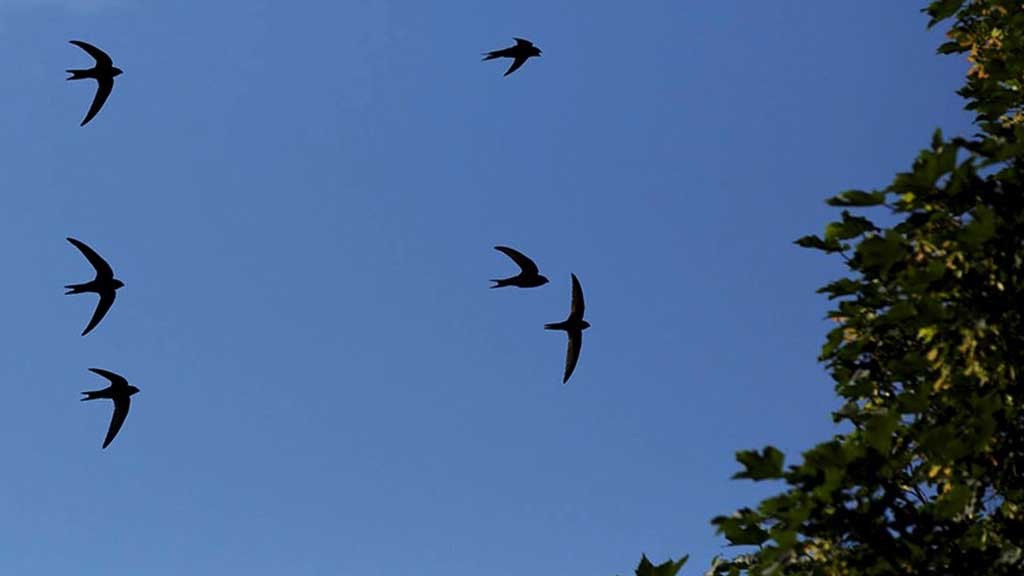September is the month when summer merges into autumn.
This is the time when plants die back and when shrubs and trees start to shed their leaves to protect them from the winter when the ground may become frozen and water hard to come by.
Animals begin to put on weight ready for winter hibernation. The number of invertebrates start to decline dramatically as many species die to leave pupae to survive the winter.

The summer migratory breeding birds like the swallow prepare for their long-haul flight to Africa where they can guarantee there will plenty of food sources. Birds from Scandinavia, Siberia and other countries north of Britain descend in vast numbers to these shores.
At this time of year the hedgerows start to become full of berries like blackberries, elderberries and sloes, which provide birds and other animals with vital food to get them through the winter.
Ivy is one of the few late-flowering plants you might see at this time of year, with the nectar providing a vital food source for bees and wasps.
During this month you are more likely to see wasps hovering around bins and beer gardens looking for sweet things to digest. This is due to the queen wasp finishing her egg production. In production, her egg larvae is fed small insects by the wasps who receives a sugary solution in return. When she stops producing eggs, there is no reward for the wasp, who then has to find nectar from other sources.
Mike
